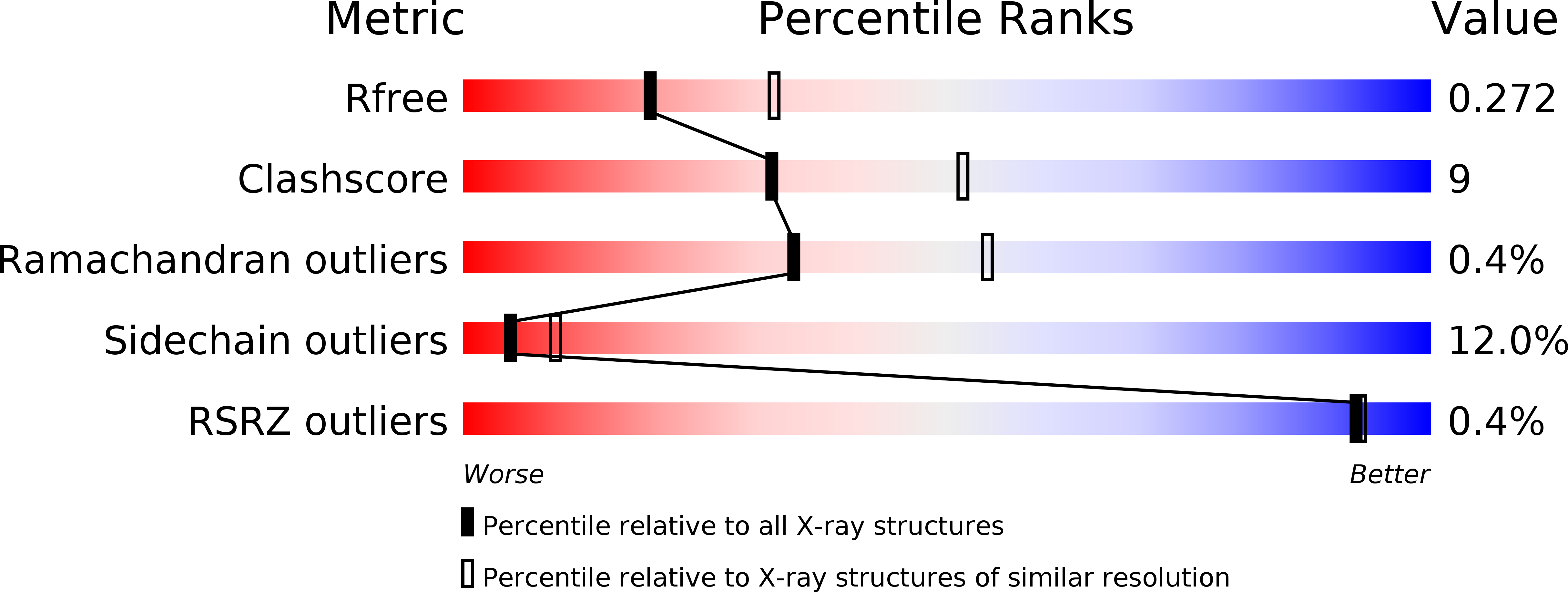
Deposition Date
2004-06-30
Release Date
2004-09-14
Last Version Date
2024-04-03
Entry Detail
PDB ID:
1TW2
Keywords:
Title:
Crystal structure of Carminomycin-4-O-methyltransferase (DnrK) in complex with S-adenosyl-L-homocystein (SAH) and 4-methoxy-e-rhodomycin T (M-ET)
Biological Source:
Source Organism:
Streptomyces peucetius (Taxon ID: 1950)
Host Organism:
Method Details:
Experimental Method:
Resolution:
2.50 Å
R-Value Free:
0.27
R-Value Work:
0.20
R-Value Observed:
0.20
Space Group:
P 21 21 21


